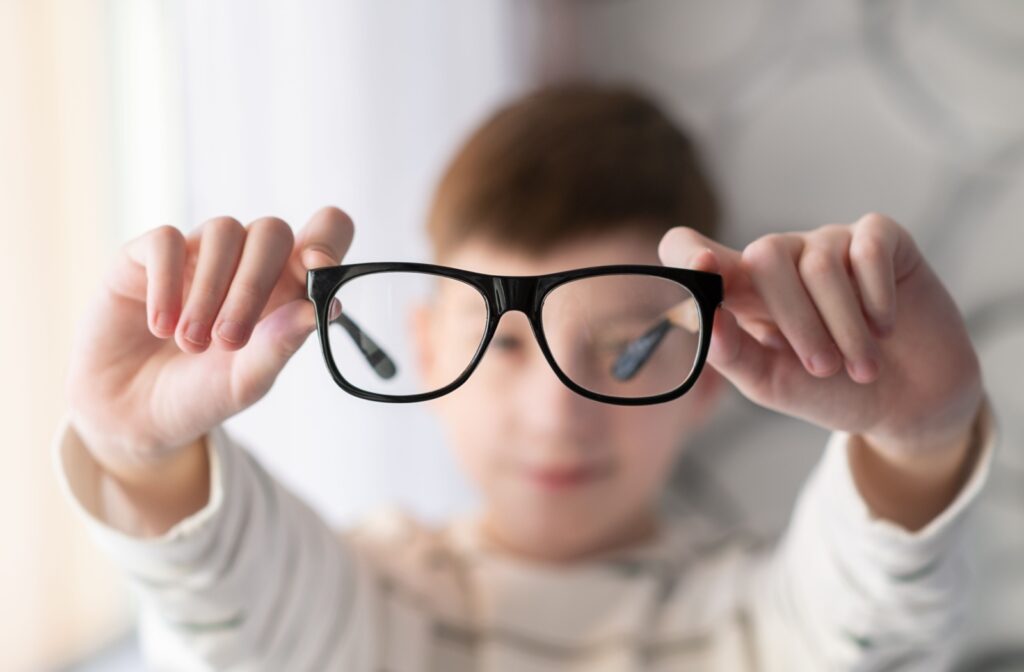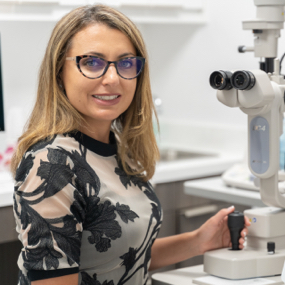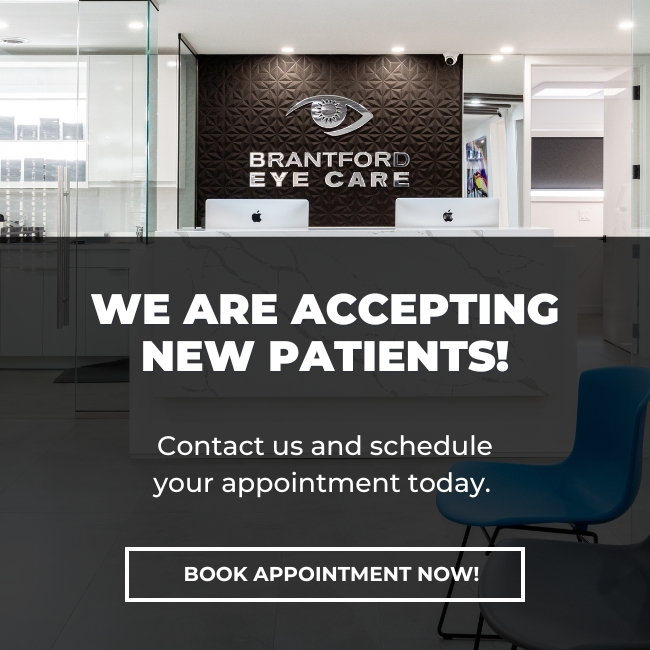Understanding Myopia
Myopia, or nearsightedness, isn’t just about needing glasses to watch TV or spot the street sign ahead—it’s a growing global concern. Beyond blurry vision, myopia can increase the risk of some eye conditions. While myopia isn’t reversible, it’s highly treatable. From vision correction with eyeglasses or contacts to myopia control and corrective surgery, there are many effective options for managing and improving nearsightedness.
Taking proactive steps to manage myopia early can help safeguard vision for the future. Regular eye exams with your optometrist play a critical role in monitoring and maintaining overall eye health. Let’s take a closer look at what myopia really is and how it can be managed.
What is Myopia?
Myopia, or nearsightedness, is a condition that affects about 30% of the population, making it one of the most common vision issues worldwide. It occurs when the eye’s shape changes in a way that prevents light from focusing correctly on the retina, the light-sensitive tissue at the back of your eye. This happens either because the eyeball grows longer than it should or because the cornea, the clear front surface of the eye, curves improperly. Instead of focusing light directly on the retina, these changes cause light to focus in front of it, leading to blurry vision when trying to see objects at a distance.
The exact reasons why myopia develops aren’t fully understood, but it’s thought to result from a combination of genetic and environmental factors. If one or both of your parents have myopia, your chances of developing it are significantly higher. But genetics isn’t the only factor. Environmental influences, such as prolonged screen use, hours spent on close-up tasks like reading, and reduced outdoor time, are also believed to play a role.
Myopia often starts in childhood or early adolescence and progresses over several years before stabilizing in early adulthood. Myopia’s severity can vary widely, from cases that are barely noticeable to those that cause significant vision challenges. While there are many ways to treat myopia, early detection and management are key to maintaining good vision and reducing long-term risks.
Degrees of Myopia:
- Mild myopia: Daily tasks like reading or watching TV may not need corrective lenses.
- Moderate to high myopia: Vision is significantly blurred, requiring glasses or contacts for clarity.

Causes of Myopia
Myopia often begins in childhood as the eyes grow and stabilize around age 20. However, in some cases, it can develop or progress into adulthood. While genetics play a significant role (a child is more likely to develop myopia if one or both parents have it), environmental and lifestyle factors also contribute:
- Visual stress: Spending extended periods on close-up tasks, such as reading or screen time, can strain the eyes.
- Health conditions: Conditions like uncontrolled diabetes can impact eye function, increasing myopia risk temporally until sugars are stabilized.
- Prolonged screen time: Studies show that children spending 7+ hours weekly on screens face a higher likelihood of developing myopia.
Managing Myopia
While myopia cannot be cured, advancements in eye care such as myopia control offer effective ways to slow its progression and reduce long-term risks. Myopia management is most effective when your child is below 12 years of age however it can still be beneficial in the teen years. Let’s explore some options:
1. Atropine Eye Drops for Myopia Control
Used in eye care for over a century, low-dose atropine drops (0.05%) relax the eye’s focusing muscles, alleviating strain and slowing growth. Studies suggest that atropine can reduce myopic progression by half.
2. Peripheral Defocus Contact Lenses for Myopia Control
Unlike traditional lenses, peripheral defocus contacts correct vision and manage peripheral light to control eye growth. Research shows daily disposable MiSight lenses can slow myopia progression by 59%.
3. Peripheral Defocus Myopia Control Eyeglasses
These specialized glasses focus light in different zones to reduce strain and slow progression. Clinical studies on Stellest lenses for example report a 67% reduction in myopia advancement.
Prescription eyeglasses and contact lenses are the most common and convenient ways to manage myopia, providing clear vision for daily activities. Another option is ortho-k lenses, which are worn overnight to gently reshape the cornea. By morning, you can enjoy clear vision throughout the day without needing glasses or contacts.
These treatments can significantly reduce myopia’s impact on your life. However, it’s essential to consult your optometrist to find the option that works best for you.
Protect Your Vision
If you’re experiencing blurry vision or struggling with nearsightedness, your first step should be to visit an optometrist. Eye care professionals have the expertise to accurately diagnose myopia and guide you towards a treatment and options that would fit your unique needs.
Myopia may not be reversible, but you have the power to protect your eye health. From personalized treatments to routine exams, we’re here to support you every step of the way. Contact us at Brantford Eye Care Optometrists to learn more about myopia management and take charge of your eye health today.




